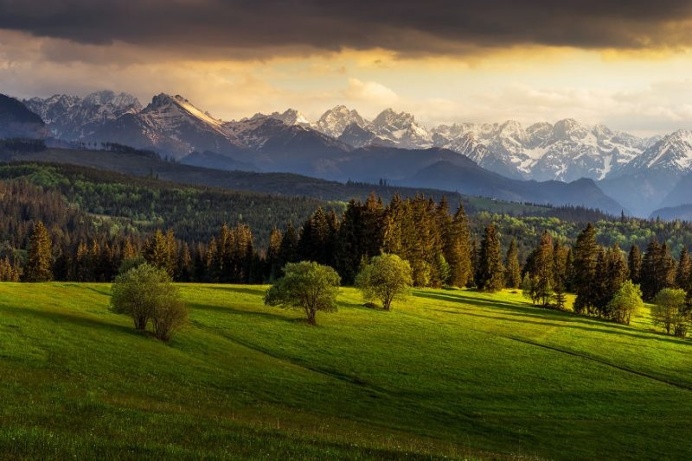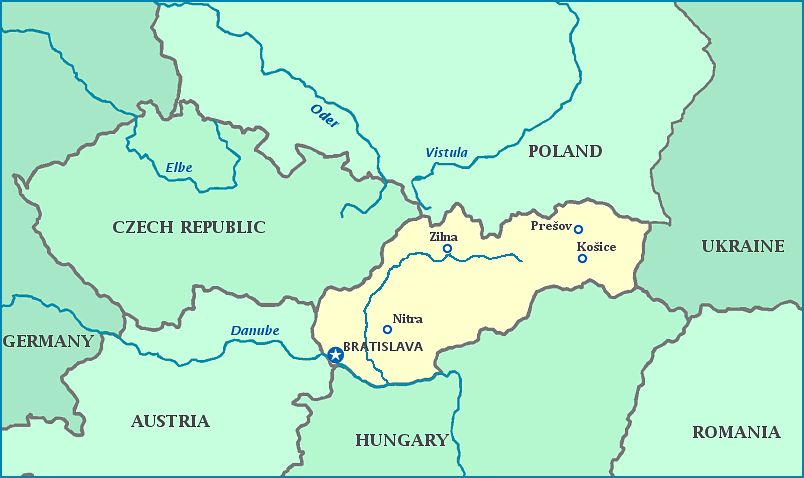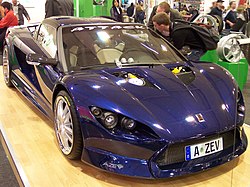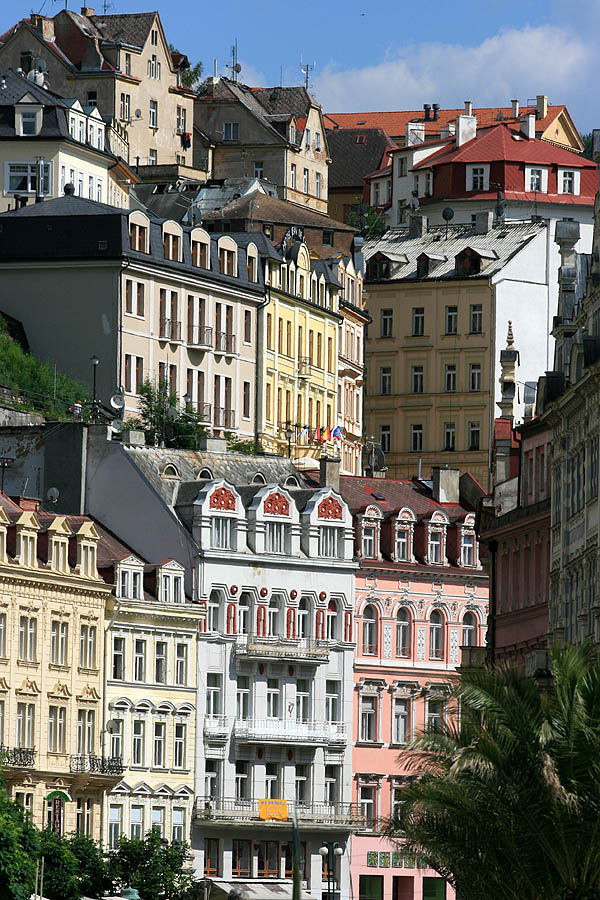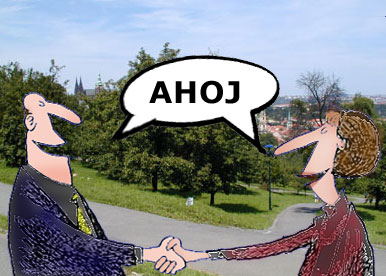Slovakia: the country
that made one-half of Czechoslovakia, and the one that many people get confused
with Slovenia (which is the next country on my list). Home to castles and folk
stories, I always think of Slovakia as one of those lesser traveled European
secrets, offering the same spectacular mountain views as Switzerland,
exceptional food and drink as Germany, and historic architecture as Italy or
England -- but for a fraction of the cost.
The name Slovakia is stemmed from the Czech word Slováky and was first mentioned during the 15th century. It went by
a few different names, but it all generally referred to it being the land of
the Slovaks, even though for much of its early existence, it was part of the
Kingdom of Hungary. But it was quite diverse at that time, and perhaps they
were just giving some homage to the people there.
Slovakia is located in Central Europe. It’s surrounded by Poland to the north,
Ukraine to the east, Hungary to the south, and Austria and Czechia (formerly
Czech Republic) to the west. The Carpathian Mountains run across the northern
part of the country and are most noted for the high Tatra mountain range as
well as the Fatra mountain range. The Tatras are one of the most visited areas
in Slovakia and form the border between it and Poland. Because of this
mountainous region, Slovakia is also dotted with tons of caves, rivers, and
lakes. Plenty of places to dump a body. (Just kidding, of course.) It also has
four distinct seasons, and the temperature extremes really depend on your
relation to the mountains.
The earliest evidence for people living in this area dates back to 270,000 BC.
During the Bronze Age, the people figured out how to utilize copper as a way to
create tools and weapons and jewelry, making them very prosperous at that time.
Several different groups came to chill for a while: the Celts, then the Romans,
the Huns, the Avars, and finally Slavic tribes. A few of these Slavic tribes
got together and formed the Great Moravian Empire. During this time,
Christianity became the thing, and the Byzantine Empire sent Saints Cyril and
Methodius to help translate religious text into the Slavic language for them,
thus coming up with Old Church Slavonic. Of course, like a bunch of siblings,
the fighting didn’t stop. This time it was the Magyar and Bulgarian tribes. And
by the 10th century, they were included as part of the Kingdom of
Hungary, and they would stay “Hungarian” until the end of WWI. During this
period, the Ottoman Empire expanded into the area, and Bratislava became the
capital of Hungary for a while. The Reformation took place, and many Slovaks became
Lutherans. Things changed in 1918, and they were now part of the newly created
Czechoslovakia that formed after break-up of Austria-Hungary. Nazi Germany
annexed off part of Slovakia, which became the Slovak Republic, the first
Slovak state in history. Germany used it as a place to hold death camps and
forced labor camps for nearly 75,000 Jews. The Soviets and Romanians liberated
it in 1945, and many changes took place in the years after WWII. In 1948,
Czechoslovakia came under the influence of communism, which lasted until 1993
when the Velvet Revolution dissolved it. Slovakia joined the European Union in
2004.
Located on the west side of the country on both the River Danube (yes, like
“The Blue Danube” by Johann Stauss II) and River Morava, it’s the only national
capital to border near two other countries: Austria and Hungary in this case.
While it was known by many different names throughout its history, its name as
we know it is stemmed from the misreading of Braslav as Bratislav when Pavel
Jozef Safáik, poet and literary historian, was taking a look at medieval
sources. Today, the city is a mixture of old and new: modern architecture with
ancient towers in between. There are several castles still standing (and some
not so much) and other popular tourist spots. It’s also the center for
everything from government offices and commerce to transportation to education,
the arts, and sports.
With a focus on car manufacturing and electrical engineering, Slovakia has a
high-income economy. Its economy is one of the fastest growing economies in
Europe and was ranked as one of the richest countries in the world in 2017 (39th
out of 187 countries ranked). Unemployment is now at the lowest it’s ever been.
For those who love architecture and outdoor sports like skiing and hiking,
tourism is dependent on you; the country sees over 5 million visitors every
year, mostly from nearby countries. Slovakia also has a prolific scientific
community, cultivating scientists who have been in on the ground floor of many
scientific endeavors.
The majority of Slovakians are Christian. About three-quarters of the
population follow the Catholic Church (by far, the largest denomination),
Slovak Greek Catholic Church, a variety of Protestant denominations, Orthodox
Church, and Jehovah’s Witnesses. Almost a quarter of the people doesn’t follow
any particular religion, are not religious at all, or follows other religions
(mainly Islam, even though it remains to be the only EU member that doesn’t
have a single mosque in its country).
The official language of Slovakia is Slovak, part of the Slavic language
family. In the southern regions, Hungarian is also widely spoken, and Rusyn in parts
of the northeast. Understandably, the most common foreign language is Czech.
One of the things I didn’t know was that even though Czech and Slovak are
closely related (and in some dialects, intelligible), Czech Sign Language and
Slovak Sign Language are not.
In looking around the Internet, I came across something that said that members of the Slovak and Slovenian embassies meet once a month to exchange wrongly sent mail from people who got the two countries mixed up. I was shocked. However, upon further research, I found that’s not entirely true. They do meet monthly, but not to exchange mail. At least, not really (I bet they kept all the good coupons, though). Google, people. If a story sounds sensational or crazy, Google it. Gooooooooogle it.
Up next: art and
literature
